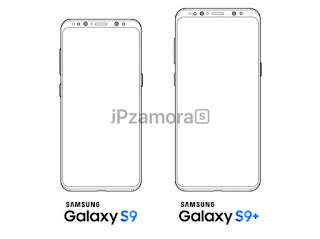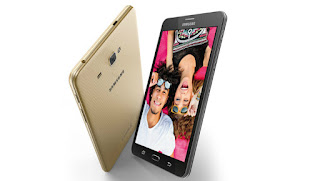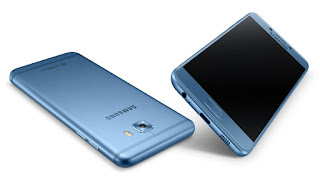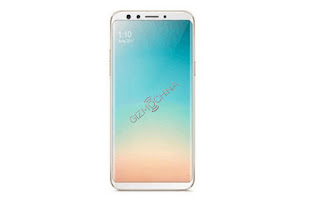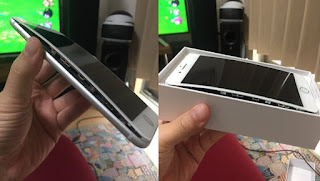It is that time of the year when rumors and leaks around the Samsung Galaxy S9 start emerging online. A new leak now reveals alleged concept images of the Galaxy S9 and Galaxy S9+ showing its possible design, and some specifications of the smartphones.
The Galaxy S9 and Galaxy S9+ are imagined with a similar design to that of the Galaxy S8 series. The front panel has slight curves on the edges with thin bezels on the sides. There is no home button up front, but the top bezel houses the front camera and speaker grille. The power button, volume rocker and Bixby button are visible on the side panels. In comparison to past leaked renders, the design language remains the same.
ALSO READ: Google Tez garnered over 7.5 Million users in 5 weeks, records over 30 million transactions: Sundar Pichai
However, an interesting discovery in this leak is that the spec sheet mentions “no headphone jack”. If rumors are to be believed, then the Galaxy S9 series would be the first Samsung smartphones without a headphone jack. It is also written that the smartphones will feature an under-screen fingerprint sensor, and 3D sensor for facial recognition. On the contrary, a recent patent filing by Samsung hinted at a home button on the Galaxy S9. It’s a bit too early to determine which mode of biometric authentication Samsung would opt for on the Galaxy S9 series.
The Galaxy S9 is further rumored to feature a 5.8-inch display, while the Galaxy S9+ will flaunt a 6.2-inch display. For photography, the Galaxy S9 duo is said to feature a pair of 16-megapixel rear cameras, and also dual 12-megapixel front cameras. The smartphones will come with either be IP65 or IP68 rating for water resistance. It’s only conceptualization and speculations at this point so it’s best to keep judgement for when there’s more confirmation.
